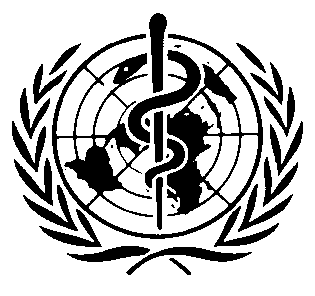International Chemical Safety Cards
| 1,2-BUTANEDIOL | ICSC: 0395 |




1,2-Dihydroxybutane C4H10O2 / CH3CH2CH(OH)CH2OH Molecular mass: 90.1 CAS # 584-03-2 RTECS # EK0380000 March 26, 1996 Peer reviewe |
| TYPES OF HAZARD/ EXPOSURE | ACUTE HAZARDS/ SYMPTOMS | PREVENTION |
FIRST AID/ FIRE FIGHTING |
| FIRE |
Combustible.
|
NO open flames.
|
Powder, alcohol-resistant foam, water spray, carbon dioxide.
|
| EXPLOSION |
Above 90°C explosive vapour/air mixtures may be formed.
|
Above 90°C use a closed system, ventilation.
|
|
| EXPOSURE |
|
PREVENT GENERATION OF MISTS!
|
|
| •INHALATION |
|
Ventilation.
|
Fresh air, rest.
|
| •SKIN |
|
Protective gloves.
|
Remove contaminated clothes.
Rinse skin with plenty of water or shower.
|
| •EYES |
Redness.
Pain.
|
Safety spectacles.
|
First rinse with plenty of water for several minutes (remove contact lenses if easily possible), then take to a doctor.
|
| •INGESTION |
Abdominal pain.
Diarrhoea.
Dizziness.
Drowsiness.
Headache.
Nausea.
(Further see Inhalation).
|
Do not eat, drink, or smoke during work.
|
Rinse mouth.
Refer for medical attention.
|
| SPILLAGE DISPOSAL | STORAGE | PACKAGING & LABELLING | ||
|
Collect leaking liquid in sealable containers.
Absorb remaining liquid in sand or inert absorbent and remove to safe place.
|
Separated from
strong oxidants.
Ventilation along the floor.
|
R: S: |
||
| SEE IMPORTANT INFORMATION ON BACK | ||||
|
||||